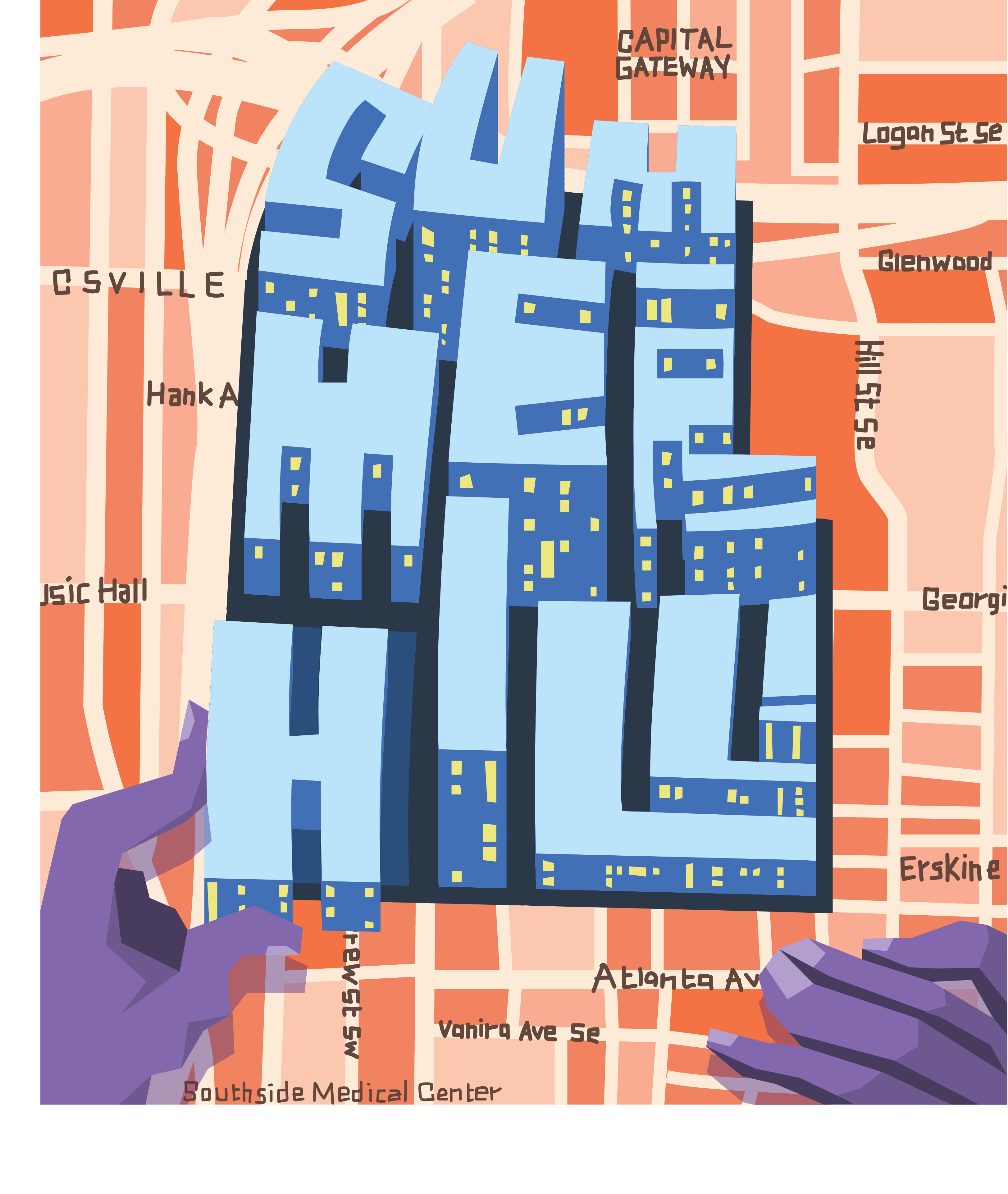
Three years since the Atlanta Braves moved from Turner Field to SunTrust Park in Cobb County, the area surrounding the team’s former ballpark has become bare.
Apart from Saturday night football games at what is now Georgia State Stadium, foot traffic though the Summerhill area off the Downtown Connector is largely nonexistent.
But what is now mostly large student parking lots may soon be one of the newest — and most expensive at over $800 million, according to the AJC — live-work-play communities in Downtown Atlanta.
Development firm Carter and Associates, in coordination with Georgia State, is investing in an over $800 million, 80-acre project that is slated to revitalize the area, bringing a strip of new restaurants and shops and close to 1,000 new residences near the football stadium.
LIVING SPACE
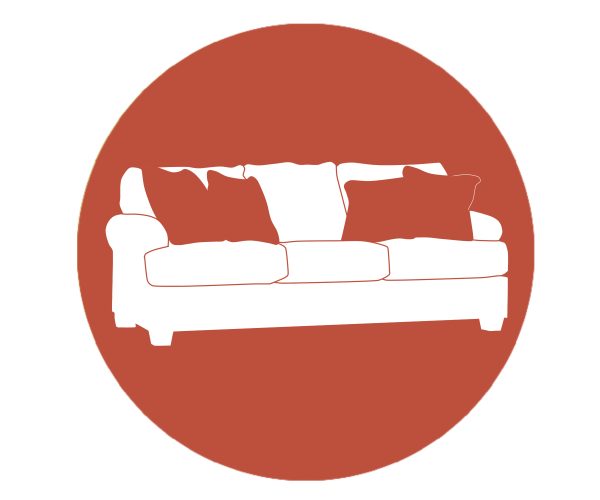
Aspen Heights, one of the new student living facilities, officially opened across the street from the stadium at the beginning of the fall semester, with a variety of $900+ per month rent rates.
While other developers are also working to bring high-end living complexes to the area, developer Alliance Residential announced in September its closure on five acres off Fulton Street for a new “Broadstone Summerhill” project that will add close to 300 luxury apartments near Interstate 20. Home builder Hedgewood Homes is developing plans for 100 nearby townhomes, starting at $300,000 each.
Meanwhile, Carter has also focused on converting the largely vacant area into an urban mixed-use complex. In October, the firm broke ground on a 306-unit apartment complex along Hank Aaron Drive, the lead-up road to Georgia State Stadium. The proposed five-story complex will feature approximately 8,000 square feet of ground-floor retail space. The apartments are expected to be open to tenants by fall 2021.
TRANSPORTATION
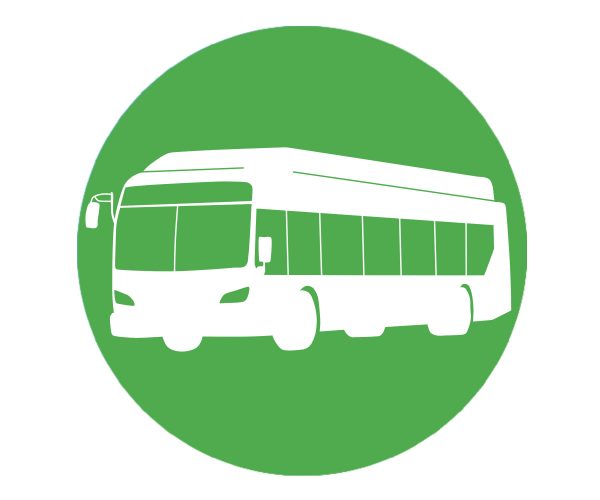
As Summerhill expands, MARTA is also slated to venture into the area. The transportation authority in March 2018 was awarded $12.6 million in federal funding to add a four-mile bus line that will connect Summerhill, Peoplestown and South Downtown to the rest of Atlanta. Officials held a public meeting in October to discuss the new routes, which are expected to be active by 2025.
PARKING
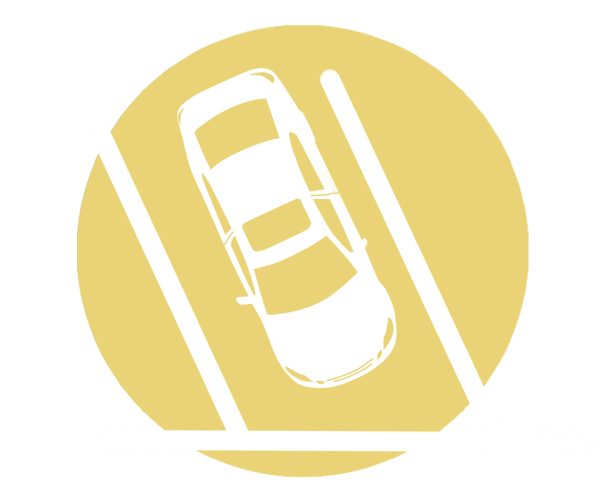
Sketches of the Summerhill Master Plan show the entire Gold Lot and a majority of the Blue Lot becoming residential and office space, respectively. The Orange Lot is also marked in sketches for future potential expansion. Half of the Blue and Green lots are marked as future expansion for Georgia State.
CONVOCATION

The University System of Georgia Board of Regents approved a reworked $85 million budget in September for a new Georgia State convocation center that will sit just north of the Blue Lot, nestled between Fulton Street and Pollard Boulevard.
The 123,000-square-foot building was downsized after costs for the original 200,000-square-foot proposal were found to have exceeded the project’s budget, particularly due to the mechanical-electrical system. Board members voted to approve the smaller design while also raising the project’s budget by an additional $6 million.
The convocation center will sit up to 8,000 fans in attendance at basketball games — a major improvement from the GSU Sports Arena’s 3,845-seat capacity — and will operate as the university’s new home for graduation ceremonies.
BASEBALL STADIUM
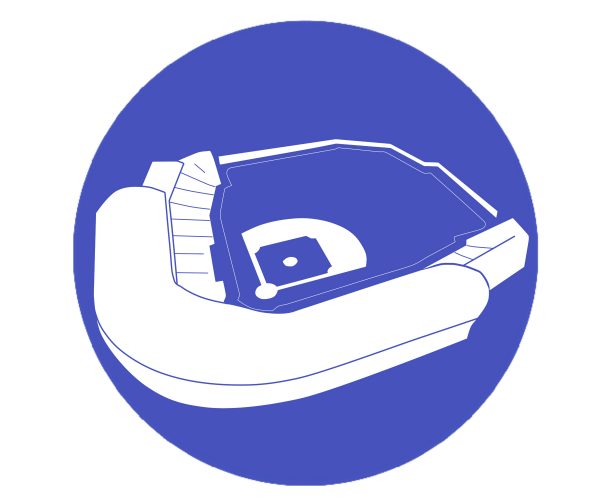
The university is also planning on constructing a new baseball stadium in Green Lot, filling out the footprint of the former Atlanta-Fulton County Stadium that predated Turner Field.
The new facility would reduce the capacity of the student parking lots, potentially removing up to 2,100 spots, Holmes said. To compensate, the university has considered constructing a parking deck in the area.
The project does not yet have a proposed budget or timeline. Georgia State’s athletic department is still awaiting more private funding before moving forward with construction, said Mike Holmes, associate athletic director of communications.
“We just need to get some more funding, then we’ll be ready to go as soon as possible,” Holmes said.
The baseball, softball and soccer teams all currently compete in Panthersville, just southeast of city’s the perimeter. The inspiration behind the proposed move was simple.
“The inspiration and goal for not just baseball, but for all of our programs who play in Panthersville is to move them closer to campus and give them state-of-the-art facilities to play in,” Holmes said. “You have seen new facilities for football, golf and tennis already, with plans already announced for basketball and soccer. This is a time of great transition for Georgia State, and we want to make sure all of our programs have home facilities that reflect that.”
With the hopes to have all of the teams competing closer to campus in the Summerhill area, the outlook for what would then be the old Panthersville facilities remains unclear.
“We have a great relationship with Carter,” Holmes said. “There are always talks between everyone involved on how to build this area for the long-term vision everyone has.”
